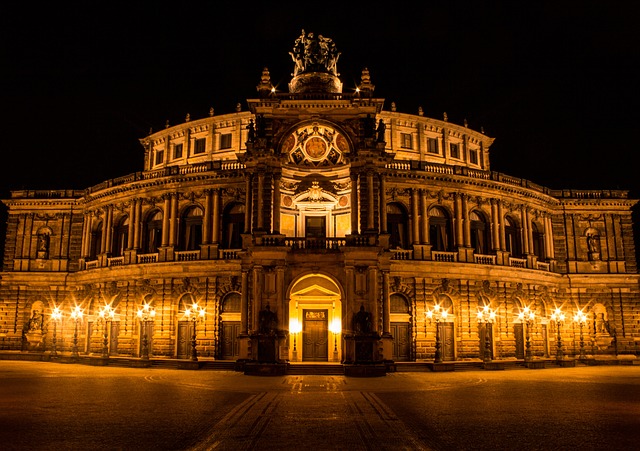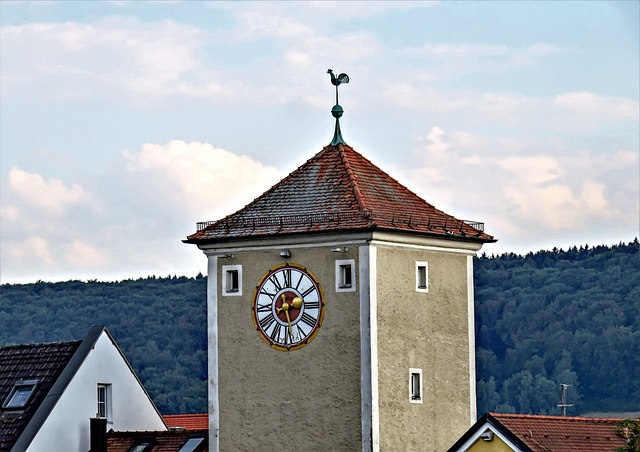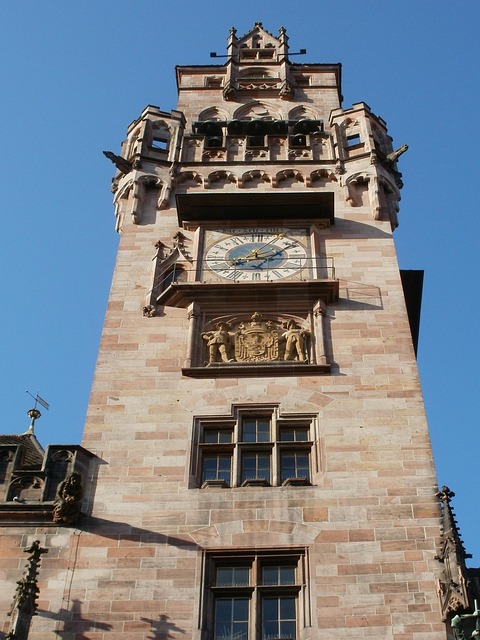In real estate, preserving original architectural elements like moldings, fireplaces, and ornate ceilings is gaining prominence. These features not only boost aesthetics but also offer historical context, appealing to enthusiasts and functioning as a marketing advantage for authentic properties. A strategic approach involves assessing and documenting significant features, repairing instead of replacing them, and using period-appropriate materials, guided by preservation experts. This meticulous process increases property value, attracts history-oriented buyers, and differentiates historic buildings from new constructions, making careful conservation crucial in a competitive real estate market.
In the realm of real estate, preserving original architectural elements is a delicate yet impactful art. These timeless features not only hold historical value but also significantly influence property aesthetics. This article explores the intricate balance between renovation and preservation, offering insights into why safeguarding original architecture matters. We delve into strategies for careful restoration during renovations, highlighting their impact on property value and community heritage. By understanding these nuances, real estate professionals can navigate projects that honour the past while catering to modern tastes.
Understanding the Value of Original Architectural Elements in Real Estate
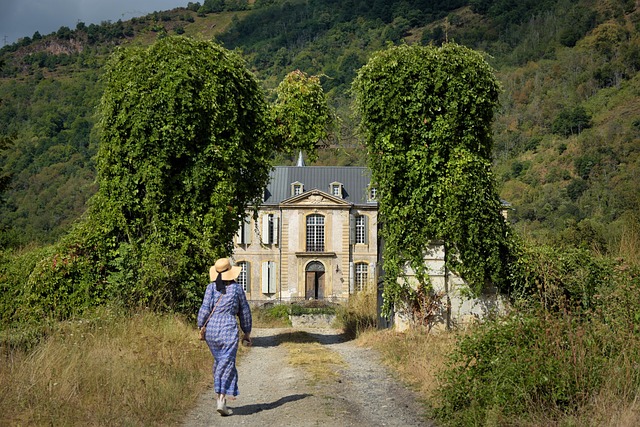
In the realm of real estate, original architectural elements are like precious remnants of a bygone era, offering a unique connection to history and culture. These elements, ranging from intricate moldings and stunning fireplaces to grand staircases and ornate ceilings, contribute significantly to a property’s character and appeal. In today’s market, where many buildings undergo renovations or modern transformations, preserving these original features is becoming increasingly crucial for several reasons.
Not only do they add aesthetic value and distinctiveness to a space, but they also provide insights into the building’s past and architectural style. For history enthusiasts and those who appreciate craftsmanship, seeing original architectural elements can create a sense of place and belonging. Moreover, in real estate, showcasing these features can be a powerful marketing tool, attracting buyers or tenants who value authenticity and the preservation of historical heritage.
Strategies for Careful Preservation During Renovations
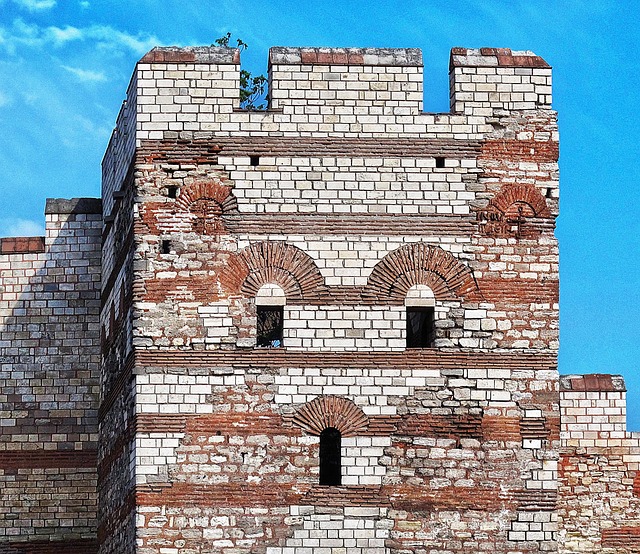
During renovations, carefully preserving original architectural elements requires a strategic approach. Start by conducting a thorough assessment to identify and document significant features, such as historic trim, intricate molding, or unique flooring. This step is crucial in Real Estate, as it ensures that potential buyers appreciate the property’s character and value.
Implement preservation techniques like repairing instead of replacing, using period-appropriate materials, and maintaining original layouts. Consult with experts in historical preservation to guide decisions and ensure compliance with local guidelines. This meticulous process not only maintains the property’s integrity but also enhances its market appeal, attracting those who appreciate the blend of old and new.
The Impact of Preserving History and Aesthetics on Property Value

Preserving original architectural elements in real estate can significantly enhance property value, especially in historic or culturally significant areas. The unique design, craftsmanship, and materials used in older buildings often attract buyers seeking not just a place to live but also a connection to the past. This aesthetic appeal can set properties apart from newer constructions, making them more desirable and potentially increasing their market value.
Moreover, preserving historical architecture tells a story of a location’s cultural heritage and contributes to the overall character of a neighborhood or city. Real estate investors and buyers are increasingly conscious of these intangibles, recognizing that a building’s history and distinctive design can create a sense of place and community. As such, careful conservation of original architectural elements not only maintains the beauty of a property but also strengthens its appeal in the competitive real estate market.

